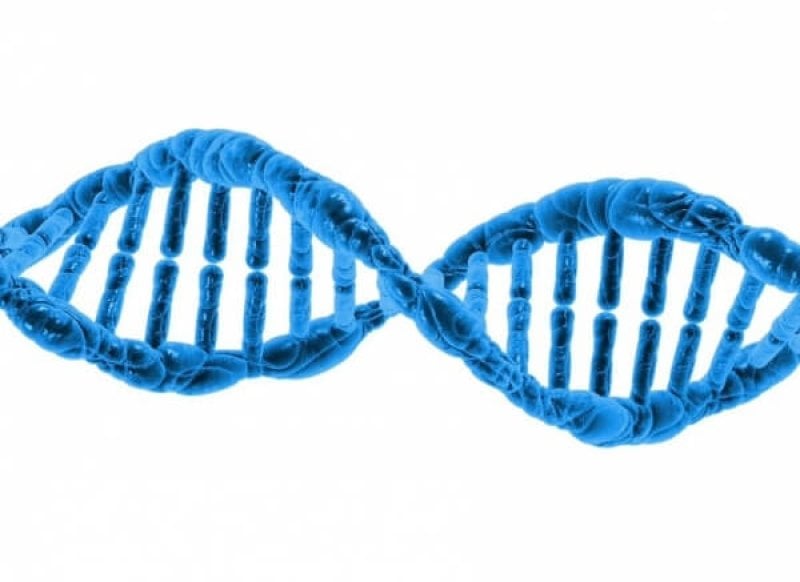A new technology may soon be born at the intersection of genetics and computer science. An international team of scientists have produced, for the first time, conclusive evidence that DNA molecules can transfer electric current, according to a study in Nature Nanotechcnology.
Researchers used DNA to form a transistor constructed from graphene, which could itself yield a separate revolution in computer technology. The genetic code is also utilized to create DNA field-effect transistor. These biosensors are used to detect genetic disorders, including heredity diseases. They can also be utilized for genetic sequencing.
The molecules were designed by a team headed by Alexander Kotlyar of Tel Aviv University. The findings, says chemist Danny Porath of the Hebrew University of Jerusalem, are rekindling hope that DNA will eventually be programmed into electrical circuits, which can then be implemented in electronics and computers.
“This research paves the way for implementing DNA-based programmable circuits for molecular electronics, a new generation of computer circuits that can be more sophisticated, cheaper and simpler to make.”
Hebrew University of Jerusalem researchers collaborated with other scientists from around the world to develop four strands of DNA capable of carrying such a charge.
Gideon Livshits, a doctoral student under Porath, performed measurements of the DNA circuits. Additional input was provided by investigators in the United States, Denmark, Italy, Cyprus, and Spain.
Transistors are the fundamental building block of electronic devices. They are critical to the operation of machines, but a minimum distance between the components is required to prevent interference between the devices. This has limited designers from creating processors much smaller than modern technology.If DNA can replace transistors in forming electrical circuits, then they can potentially be made to be smaller and more efficient. Because DNA can be induced to self-assemble into various structures, its use in building circuits can greatly expand the potential of computers.
A lot more research needs to be done before DNA-based circuits can actually be used in electronic devices, but these initial findings are promising. Molecular electronics might be able to solve some persistent problems in the way computers are designed. While scientists have been successful in significantly reducing the size of computers, there is one component that cannot easily be made smaller, and that is the space between transistors.
Molecular electronics could get around this challenge, if researchers could find a way to develop molecules that self-assemble into complex circuits. So far, that has not been achieved by any of the groups working on the task. The only molecules that self-organize in complex forms in nature are DNA, making these structures obvious choices for researchers looking to develop electrical processors. However, no large DNA molecules have been successfully shown to carry an electrical signal in a manner which could prove useful in a processor.
This research could bring DNA back to the forefront of research in materials science. If transistors made of genetic code are formed into a processor, it could herald a new age of microelectronics. By bringing the microscopic transistors close together, additional circuits could fit on a chip, allowing parallel processing, increasing system speed.































